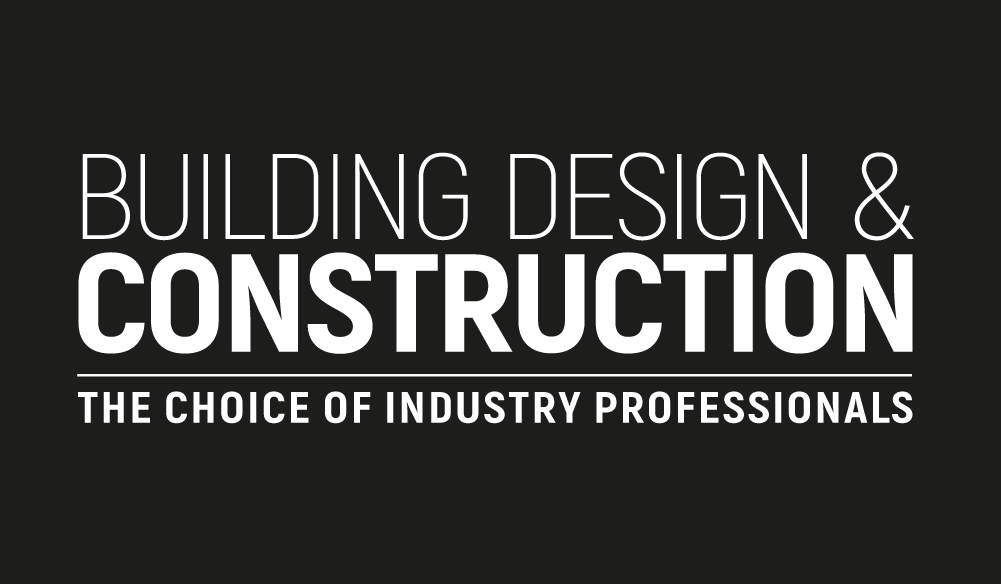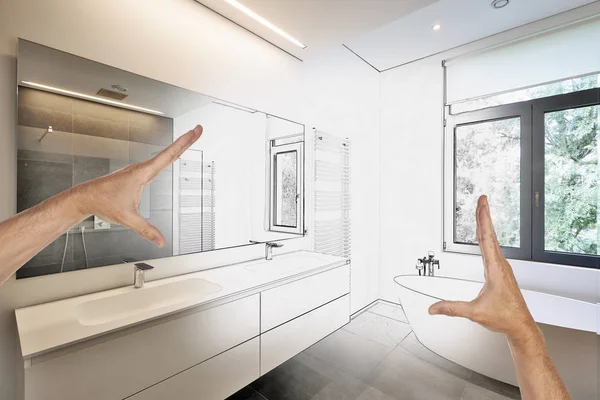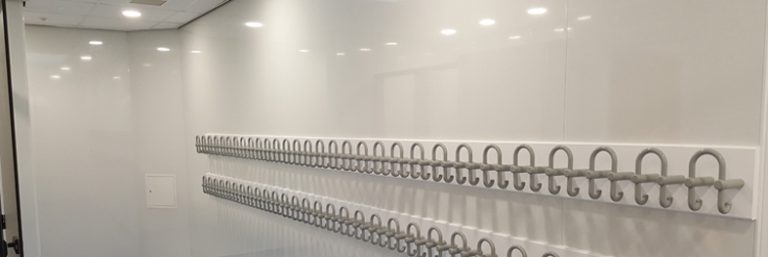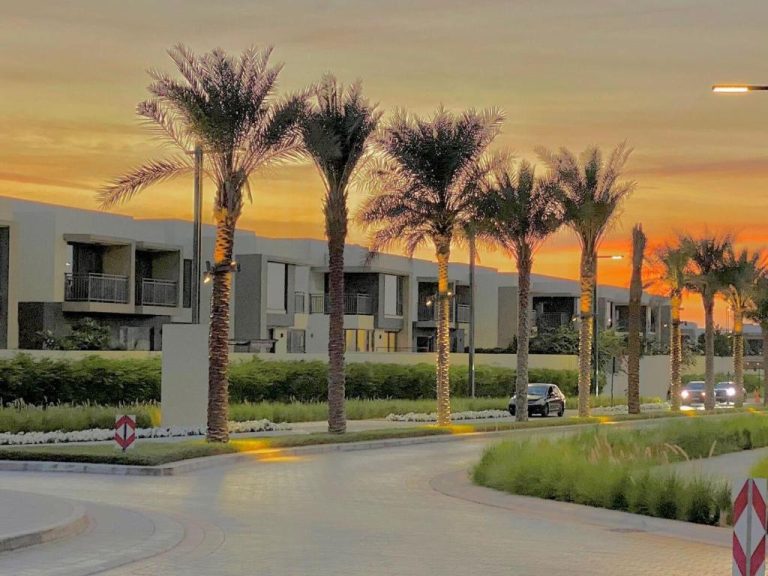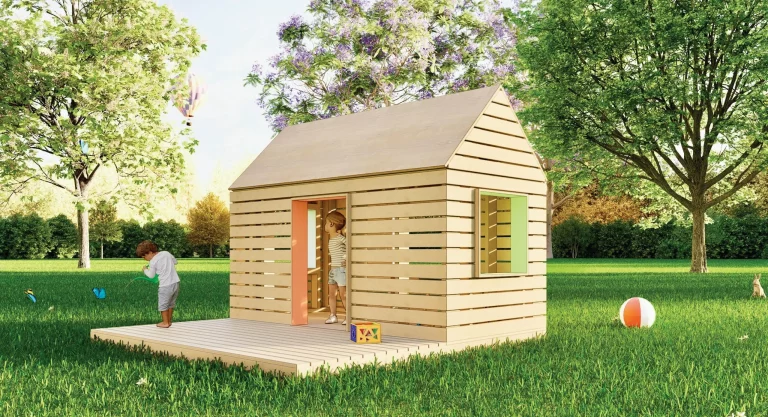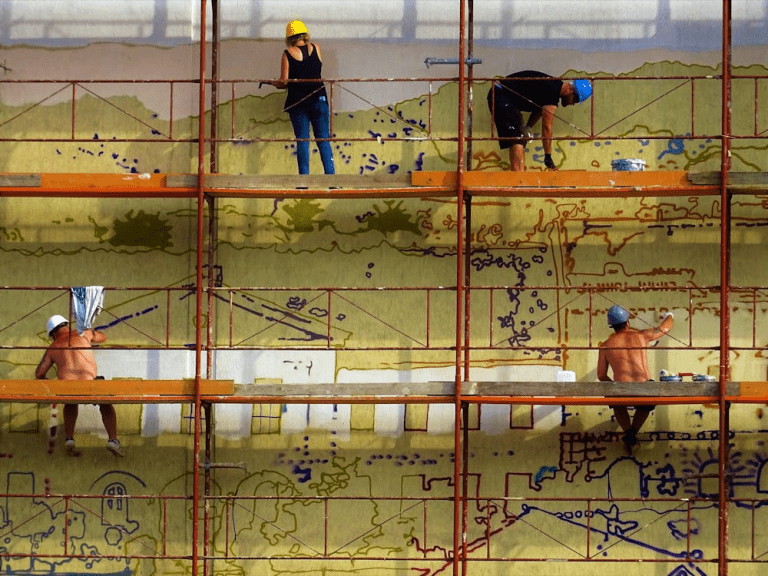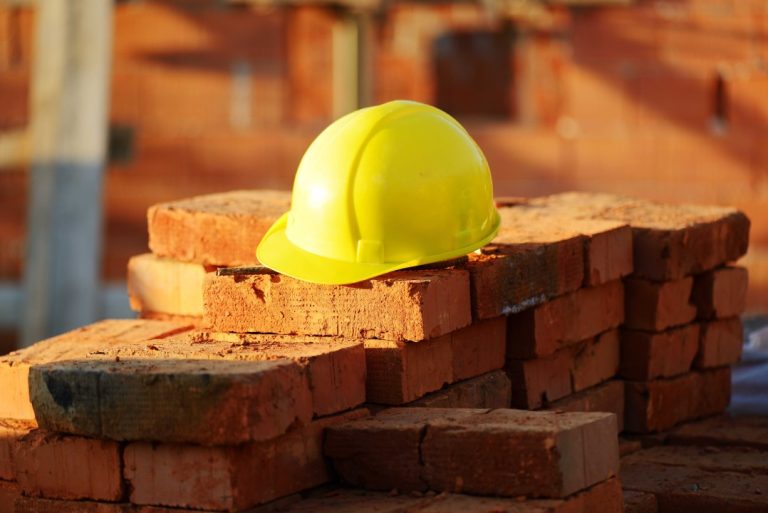Construction sites can be both vulnerable to security risks and a threat to personal safety, often in equal measure. High-value tools and equipment are susceptible to all sorts of potential theft threats, and without the right level of precautionary measures in place, there is the very real threat that the site owner can suffer financial loss, and even reputational damage if work is delayed and safety measures are breached. Productivity and safety protocols for workers are critical, and tend to take prominence in site management plans. However, too many site managers tend to overlook the importance of good site security, until it is too late and a costly incident occurs. There are measures that can be taken to help prevent many security risks, such as installing a Clearway mobile CCTV tower to give good coverage of the site, which acts as a visible deterrent but also helps provide vital data when something does go wrong. It is clearly vital to understand and appreciate the various security threats that exist when it comes to construction sites. With that in mind, here is a look at the sort of risks that every contractor, developer, and site manager should be aware of. Theft is one of the biggest problems Without a doubt, one of the most significant threats is theft. Construction sites can often be prime targets for criminals because of the high value of tools, machinery, and building materials that are left on the site, when workers have gone home for the day. The list of attractive items to thieves is almost endless. It includes things like portable power tools, copper wiring, and even fuel. All of these items can fetch a high price on the black market. Although heavy machinery might prove a logistical challenge to steal, it is not immune from threat. In fact, there have been cases of thieves using forged documents or even flatbed trucks to haul away expensive equipment. The constant threat of theft can be mitigated through strict inventory management, securing tools in locked containers, and the installation of a good CCTV system to provide comprehensive monitoring of the site at all hours. Don’t ignore the threat of vandalism Almost as problematic as theft is the issue of vandalism. Even though the equipment and machinery might not have been stolen, any sort of damage can result in costly repairs, and construction delays. Even problems like graffiti, and broken windows can set back timelines and harm a company’s professional image. Fencing, lighting, and surveillance cameras act as strong deterrents, while regular patrols can help catch vandals before they cause damage. You always need to know who is on site Unauthorized access is another persistent issue. Construction sites often contain dangerous areas where untrained personnel can present a security and safety threat. As well as the potential to injure themselves, trespassers instantly the whole security integrity of a construction site.The solution is to create controlled entry points, and maybe employ security guards. ID checks are also critical for ensuring only authorized personnel are on-site. Poor site management creates a wealth of problems Issues such as material loss due to poor storage and site management should never be underestimated. Remember, not all losses are from external theft. Materials left unprotected are under threat from internal as well as external sources.Implementing secure storage systems, carrying out regular inventory checks, and assigning direct responsibility for materials, are all initiatives that can drastically reduce these risks. Not everyone on site is as trustworthy as you would expect The stark reality is that internal theft happens, but some site managers don’t want to acknowledge this is a problem, and very much a reality. Quite simply, some employees or subcontractors succumb to temptation and may take tools, fuel, or materials for personal use or resale. Clear policies, background checks, and a culture of accountability can help prevent these losses. In addition, installing CCTV not only deters outside thieves but also discourages internal theft. A site threat that is rarely visible Cybersecurity risks are becoming increasingly relevant as construction sites adopt digital tools for project management, payroll, and ordering materials. A cyberattack can compromise sensitive project data, financial information, and even hack into security camera feeds. To combat this threat, make sure you use secure networks, and good encryption protocols. It is also important that employees are trained on safe digital practices as a way of helping guard against these threats. Fire hazards Another clear danger is the threat of an arson attack. Construction sites, with their stockpiles of wood, fuel, and chemicals, can prove to be extremely vulnerable to deliberate fire-setting. This particular risk can be reduced with proper storage of flammable materials. It is also essential to impose restricted site access, and employ continuous monitoring using both on-site security and remote CCTV systems. Avoiding a dangerous machinery incident Equipment misuse by unauthorized individuals is also a serious concern. If heavy machinery is left unattended and not secured, someone without training could potentially attempt to operate it. To avoid this dangerous situation, use lockout systems, key management protocols, and deploy GPS tracking on vehicles. These are all effective preventive measures. The potential for environmental hazards Environmental hazards caused by negligence or sabotage can also occur. It only takes someone to deliberately open fuel valves or contaminate stored water, for example, and you soon have a dangerous environmental hazard on your hands. Regular inspections and continuous monitoring through CCTV can help detect these risks early. Taking precautions to prevent liability Finally, liability risks are definitely something to think about and plan for. These arise when security is inadequate and an injury or accident happens on-site to a trespasser or unauthorized visitor. Unfortunately, even if the person wasn’t supposed to be there, legal consequences can still fall on the site owner if precautions weren’t in place. Strong perimeter fencing, clear warning signs, and monitored access points are all critical in reducing liability. As you can see, it’s clearly not enough to simply lock the gates

